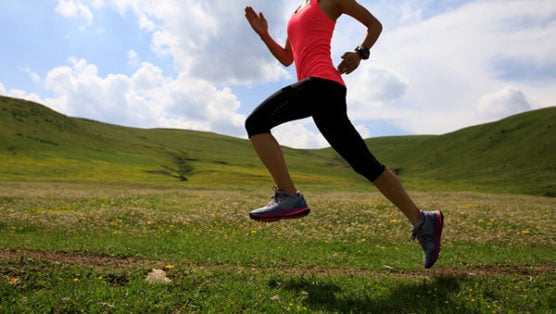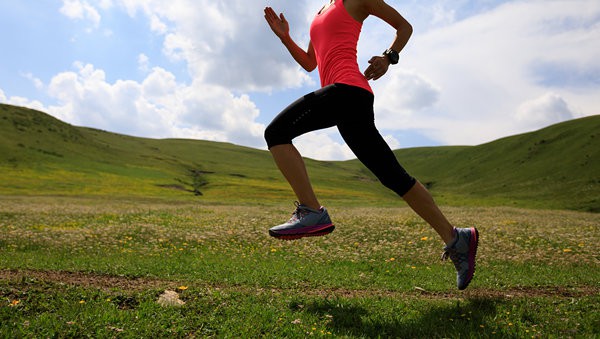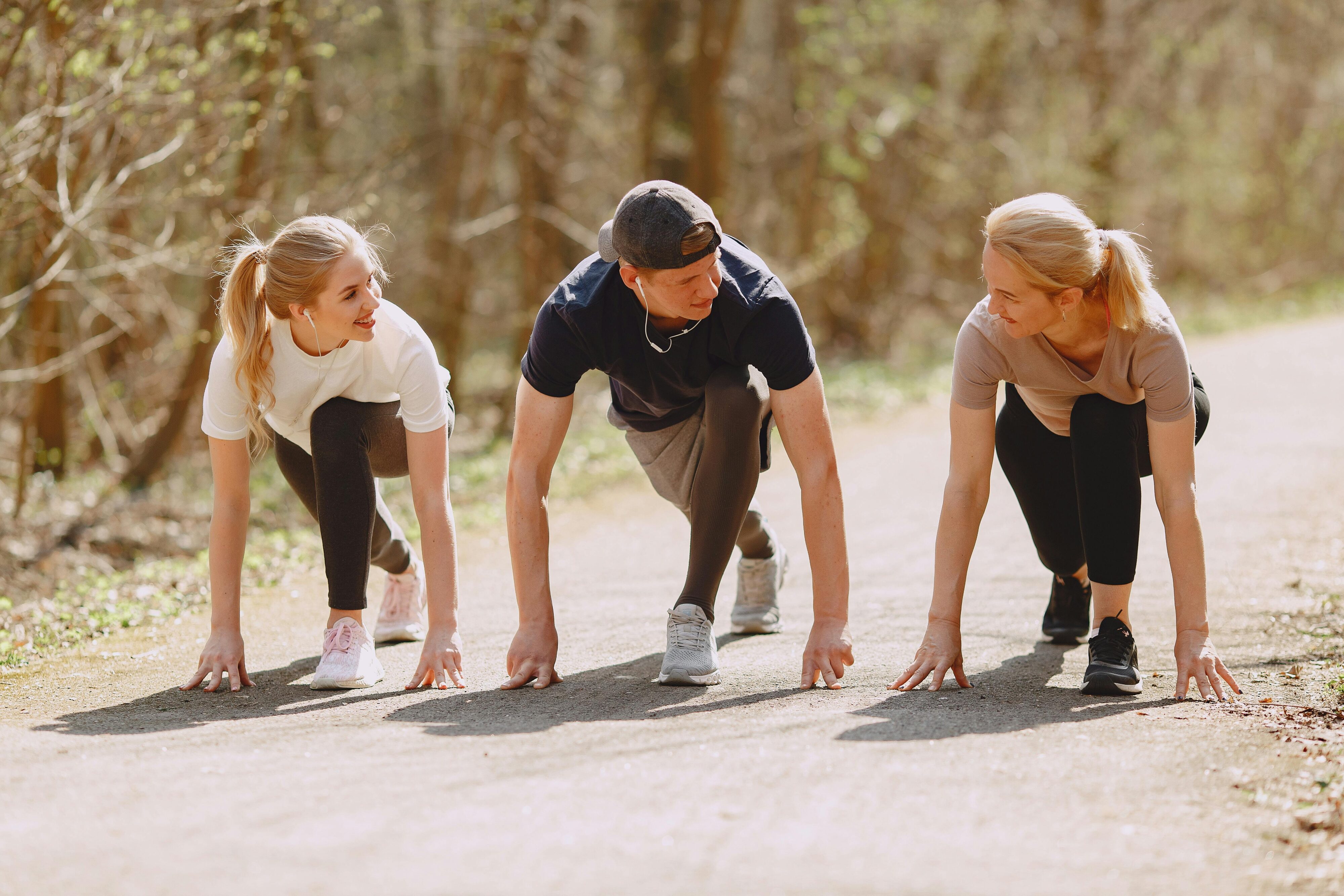
Spring is around the corner and the days are already getting longer. If you’ve never spent time running on the trails, this is the perfect time of year to give it a try.
Even if you have no plans to run a trail race, it is a fantastic way to use some different muscles and get reacquainted with nature.
Trail running can be as simple as a few miles on a relatively flat path close to your home. Or it can be a long trek in the car, a long trek on foot, and cover terrain that is rocky, steep, and full of obstacles.
For those longer and more technical trails, different types of gear make it a bit easier. Here are 5 things to consider when headed out on the trails:
1) The right shoes
Track, rod, or trails, it’s always about the shoes. Trail shoes typically offer a stiffer ride that road shoes simply for durability and comfort of striking rocks and roots. The lugs on trail shoes will be more pronounced to provide better grip.
Also, the upper is more durable and will drain water easier. That being said, running on trails in road shoes is doable and in fact,sometimes preferred if the terrain is not very technical.
2) Hydration
The only water fountains on the trails are found at creeks, lakes, or rivers. Never drink directly from any of those sources without a filtration device. Some runners prefer to pack in all their hydration in a belt or bladder vest.
Some runners will carry a bottle or flask to refill using a filtration device. Always bring or prepare for more than you need – especially if you are in a more remote spot.
3) Safety gear
The best bet is to always run with another person, but there are few other things to bring along even if there are two of you. Bring a cell phone; while I know you want to reconnect with nature and leave technology behind, you want to keep connecting with nature for years to come.
Keep a whistle in your pack; if you fall and run out of cell signal or battery, this can be a potential lifesaver. I always keep a heat sheet/space blanket in my pack on the off chance I am stuck somewhere and am either cold or need a very rudimentary shelter.
4) Food
Much like the hydration, always bring or prepare for more than you need. Trail miles are usually much slower than road miles.
Until you get well-versed in your ability, it is always better to have extra than bonk and still have miles to get back to civilization. If I’m driving to a trail, I bring plenty of recovery food to consume on the ride home as well.
5) Directions
Captain Obvious? It sounds silly, but I have run my fair share of “bonus miles” simply because I diverted off trail. Even on trails I’ve run before, they can look so different throughout the year that it is easy to take the wrong turn.
Part of the fun of trails is the adventure, but if you’ve not planned for extra miles in terms of food or water, it can become disastrous pretty quickly.
Download offline maps on your cell phone if you are headed to an area of spotty GPS and if you can get your hands on a paper map, you’ll never have to worry about finding your way even if your battery dies.
Carissa Liebowitz has run the Boston Marathon as well as dozens of marathons and half marathons. You can follow her running adventures on Strava, Instagram and her blog.





